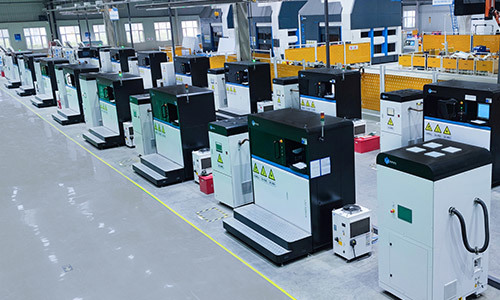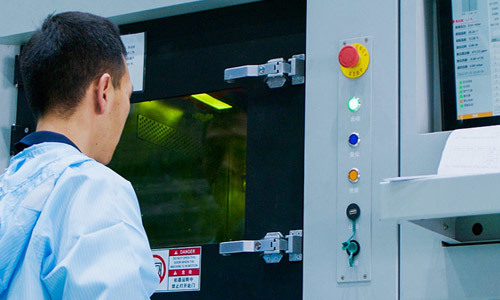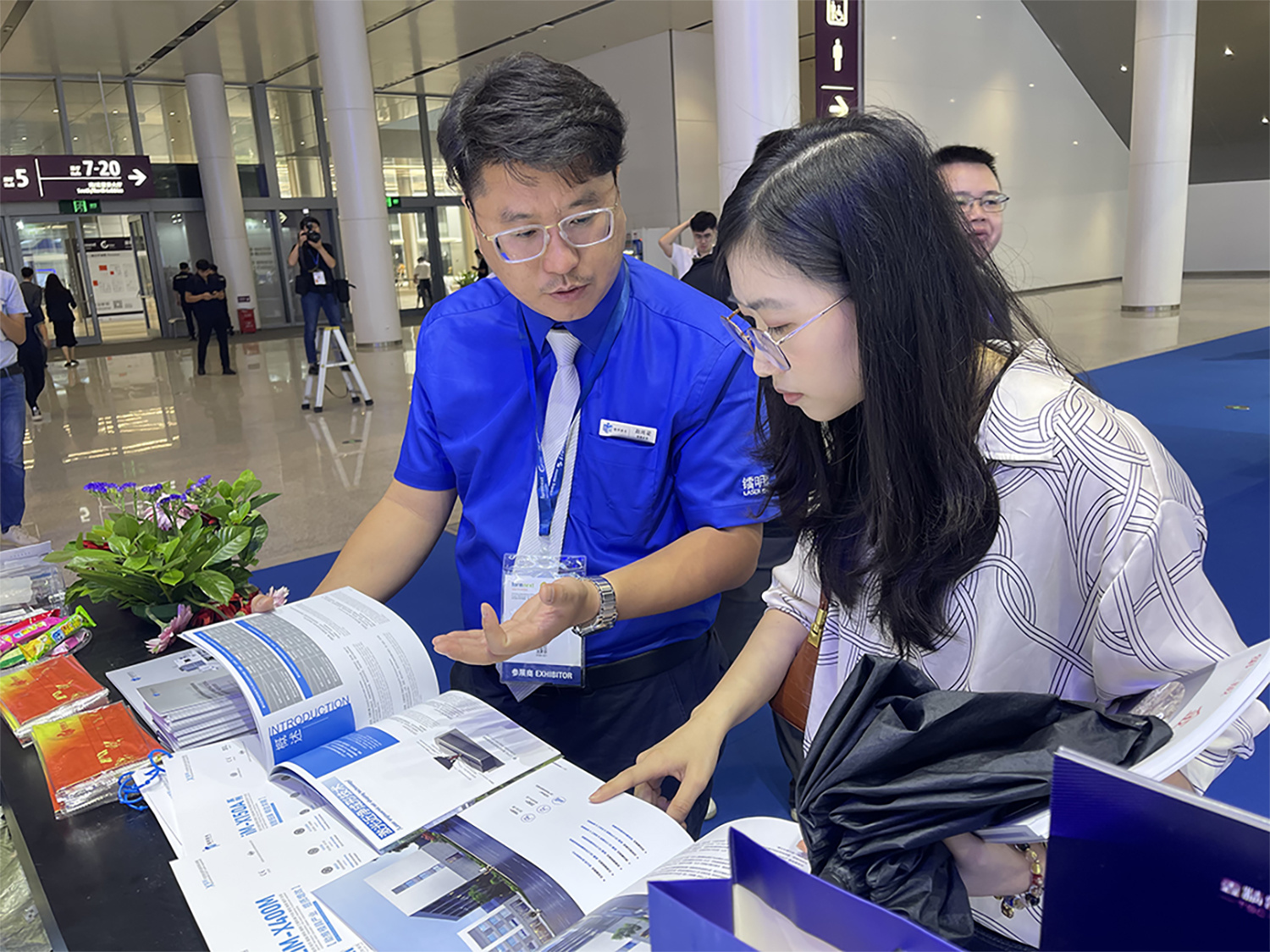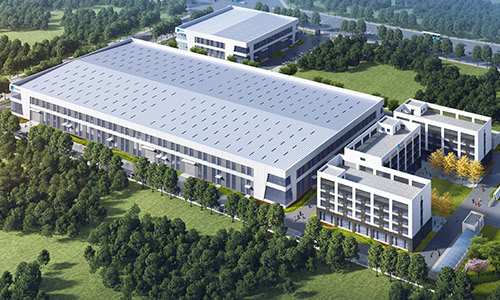Development status and challenges of multi-laser beam 3D printing system based on powder bed
Author: Radium laser
Time:2018-03-15
In the traditional machining industry, there is a term called linkage processing-simultaneous machining. Among them, the machining efficiency of the five-axis linkage CNC machine tool is equivalent to that of two three-axis machine tools, and the machining of the five-sided body can be completed by clamping the workpiece at one time, which is suitable for high-precision machining of complex spatial curved surfaces.
Coincidentally, in the powder bed-based 3D printing process, there is also a linkage processing method similar to "simultaneous machining. Multi-beam laser forming system is a new type of powder bed laser forming equipment different from single laser SLM and SLS printer. It is a new generation of forming process for high efficiency, large size and batch manufacturing of metal and polymer powder materials. It is a new trend in the development of powder bed laser forming process. In this issue, we use3D printing technologyRefer to the shared perspective to understand the development status and challenges of multi-laser beam processing.

is the trend
is also a challenge
-- Extended print size, large parts integrated molding
The positioning of the multi-laser printing system is to break the production efficiency and product size limitations of the current 3D printing technology. At present, multiple beams include double beams, three beams and four beams. Double beams such as HT1001P large-size nylon machine, FS421M metal machine and SLM Solution SLM280 newly released by Hua Shu, and four beams such as EOS M400, SLM Solution SLM 500 and Platinum BLT-S500.
For example, the HT1001P printing size of Huashu reaches 1000 × 500 × 450mm, which can realize the integrated molding of large products and the mass production of small products.
-Greatly improved efficiency
Generally speaking, the four-laser system means that four parts can be printed at the same time. Compared with the single-laser system, it greatly reduces the preparation time in the early stage of printing. Although the powder spreading stroke is long and there are many printed parts, the single-layer printing time caused by the four-laser simultaneous printing is not prolonged.
EOS M400 is equipped with four 400W lasers, each of which is responsible for a 250 × 250mm construction area (with 50mm overlap), and can simultaneously manufacture four components with a molding size of 400 × 400 × 400mm, which is four times higher than the production efficiency of a single laser system. The SLM 500 of SLM Solutions has a molding size of 500 × 280 × 365mm, which improves the processing efficiency by nearly 90% compared with SLM280 of its dual laser system.
-- Improve productivity efficiency
Due to the increase in molding space, it means that one device can complete the processing tasks of multiple devices at once, which can reduce the number of equipment purchases, reduce equipment costs, personnel maintenance costs, and equipment space costs for large manufacturers.
-Challenge
Multi-laser systems not only mean that parts can be made bigger and mass-manufactured, but there are also many technical challenges involved.
Challenge 1. The four-laser printer requires the equipment to be equipped with four sets of optical systems, whether the coordinated operation of the four lasers and galvanometer systems is smooth, whether the stability of the beam and power can be guaranteed, and whether the parts can be perfectly and seamlessly spliced;
Challenge 2. Four lasers running at the same time also means that there may be more printing problems, whether the thermal field is uniform, and how to avoid affecting the printing of other parts if one part is damaged;
Challenge 3. Can the four parts have the same performance and can different control strategies be adopted for different parts;
Challenge 4. Due to the increase in molding space, the soot in the printing process is bound to be more difficult to remove, and the printer can achieve consistent process gas management.
Challenge 5. Can real-time detection of powder bed and various parameters be achieved and feedback can be made.
-- Summary
At present, equipment manufacturers or large customers are no longer satisfied with small batch manufacturing. Expanding printing size, improving printing efficiency, further reducing equipment purchase cost and improving overall revenue are the goals that large manufacturers strive to pursue.
Multi-beam has become a new trend of powder bed laser forming process, one to do large parts, two to achieve mass manufacturing. The research and development of new multi-laser beam equipment has become the focus of equipment manufacturers. In order to cooperate with the improvement of efficiency, whether nylon machine or metal printer, the uninterrupted production of internal cylinder change and automatic closed screen powder feeding will also be reflected as a new technical form. Behind the multi-laser beam trend, extensive monitoring functions, control functions and reliable printing processes are the key to ensuring high process stability and part quality.
3D printing
Related Articles
Market Activity
